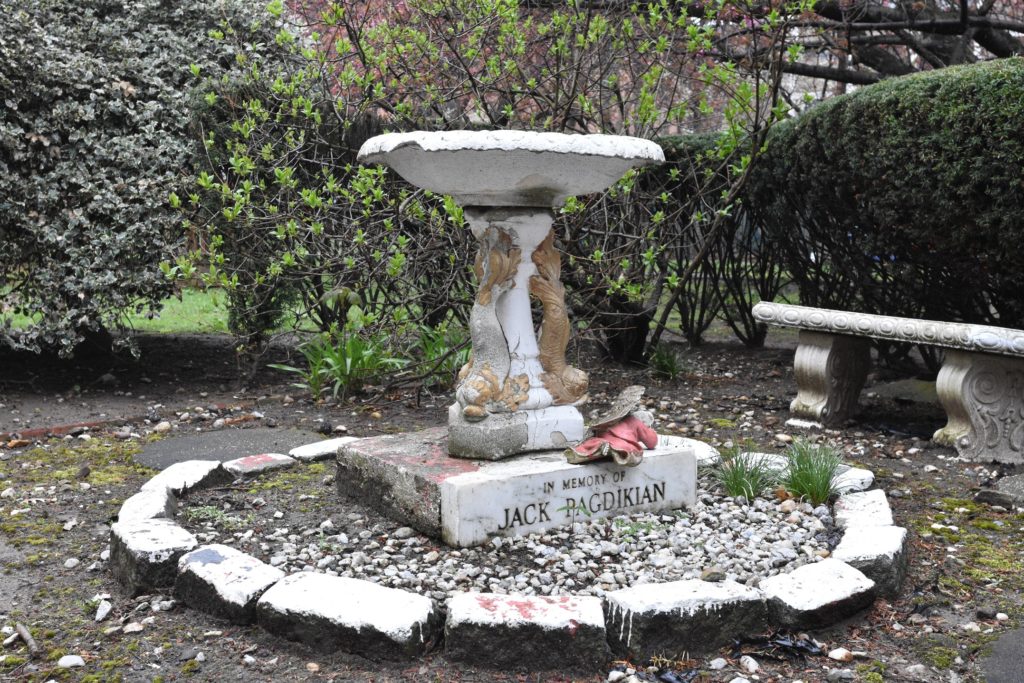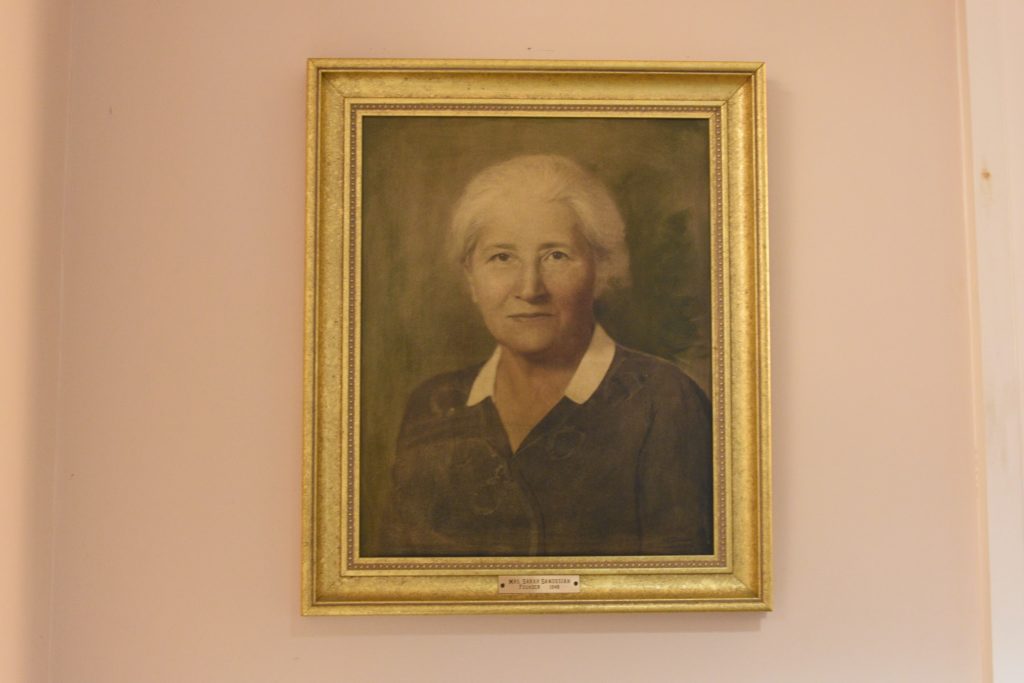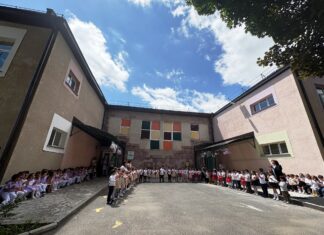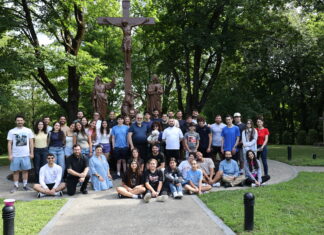By Katrina Shakarian
Special to the Mirror-Spectator
FLUSHING, N.Y. — Tucked between large, nondescript apartment blocks on a stretch of 45th Avenue in Flushing, Queens, stands a three-story federal-style brick house. It’s situated on the edge of just over an acre of land dotted with trees and park benches painted in the red, blue and orange of the Armenian flag. Since 1954, this building has been the location of New York’s only residential facility for Armenian seniors, the New York Armenian Home.
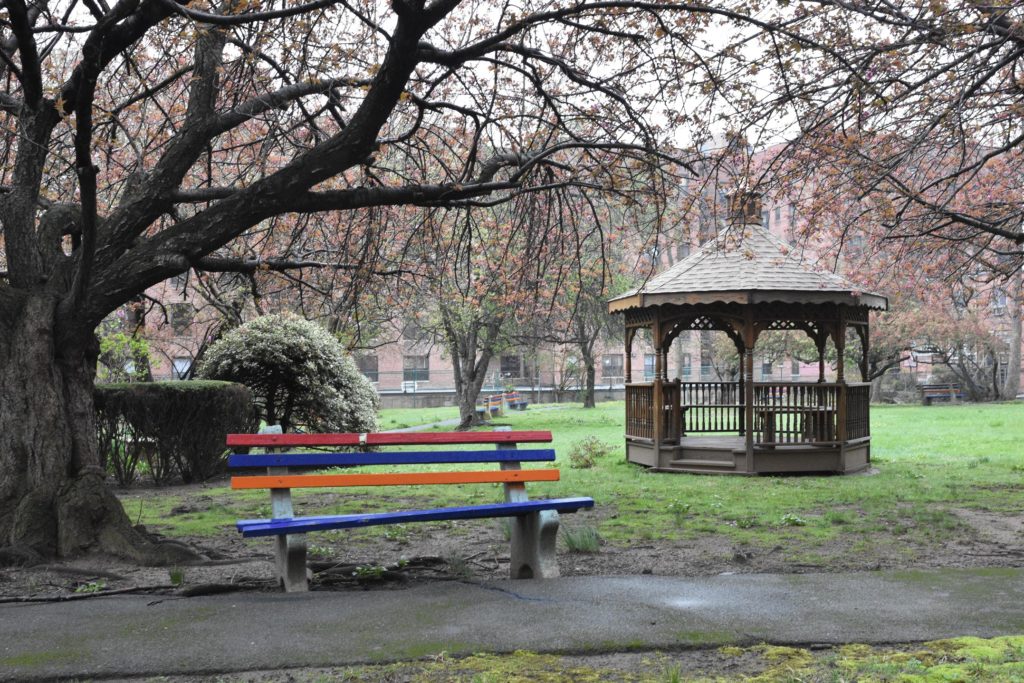
“In the autumn of their years,” recounted Jerry Bezdikian, “residents experienced the peace and contentment of living amongst their own. Being served food that they had been accustomed to their entire lives, and even being able to enjoy Armenian cultural events, as well as regular religious services.”
Bezdikian, a New York-based photographer, entertained residents with his kanun, a string instrument, on weekly visits to the home where his aunt was a resident.
On April 14, the Home discharged its last resident as it prepares to close its doors permanently. Residents have been relocated to similar facilities in the area.



![DSC_6731[1]](https://mirrorspectator.com/wp-content/uploads/2018/05/DSC_67311-696x464.jpg)
